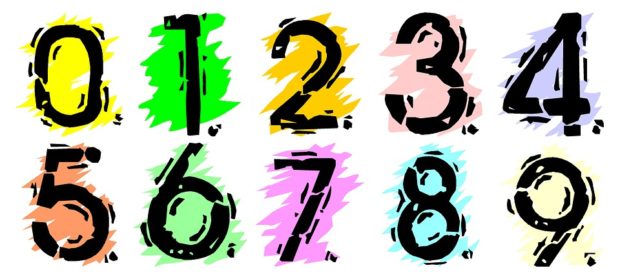The most interesting aspect of bilingualism is numbers. Counting numbers is such a fundamental skill that it is often used a tool to determine one’s native language. However, there is much more happening when a bilingual person counts. They can even count in bilingual numbers.
Familiarity of Language
The familiarity of language is obviously a very crucial factor in deciding the language that you count in. For example, when I just got my passport number and Singapore mobile number, I could not speak English well. Hence, I had no other choices but to memorize them in Chinese. This continues even after speaking English daily for many years, and saying these numbers in English many times. They remain forever “Chinese” in my mind because I memorized those numbers when I was more familiar with Chinese.
Context of Usage
What’s more interesting is when you reach a similar familiarity level for two languages. When you learn a new number at this stage, the familiarity of the language no longer affects which language you count in. It is more dependent on the context.
For example, I remember the unit number and postal code of my current address in English. That is because I memorized those numbers when signing the rent agreement in English, and I communicate these numbers mostly in English for administrative tasks. Even when my Chinese friends ask me in Chinese for unit number, I would still say it in English, or “translate” them into Chinese. The same goes for numbers that I encountered in workplace, such as employee ID and floor number of my office. When colleagues asks me in Chinese which floor am I on, I would unknowingly reply in English.
The situation changes when the “context” is more Chinese. For example, when sending WeChat messages in Chinse to split the bill, I count the amount of money in Chinese. This is natural because the conversation is already in Chinese. The same goes for addresses that first appeared in WeChat messages. I memorize them in Chinese and “translate” them into English when communicating with taxi drivers. For different addresses in the same city, they can be either Chinese or English in my mind, dependent on the context in which they were used.
The Mental Image
There are also some numbers that blurred the boundary of two languages over the time. For example, I memorized my student ID in college in Chinese, but I have also built a mental image of that number in my mind over the time. So when I need to tell the number in English, I would “read” off that mental image in English. This process is much faster than “reading” them in Chinese and translating them into English, since the mapping happens instantaneously in the mind and I do not need a buffer to store the temporary Chinese numbers.
Applying the same technique to mobile phone numbers and passport number memorized in Chinese, I was able to recite them in English almost as fast as I could in Chinese.
The mental image also applies in reverse when I need to say in Chinese an “English” number, such as my current unit number. A mental image of that number would show up in my mind and gets instantly mapped into Chinese.
Cover image from https://pixabay.com/en/numbers-numbering-school-kids-set-1336520/ via CC0 Creative Commons license

I share the same experience about numbers ‘having a language’. I’d even say that applies to any entities or concepts. I would frequently use some English terms in a conversation in Polish, because that’s their natural context, and their translations just don’t mean the same without it.